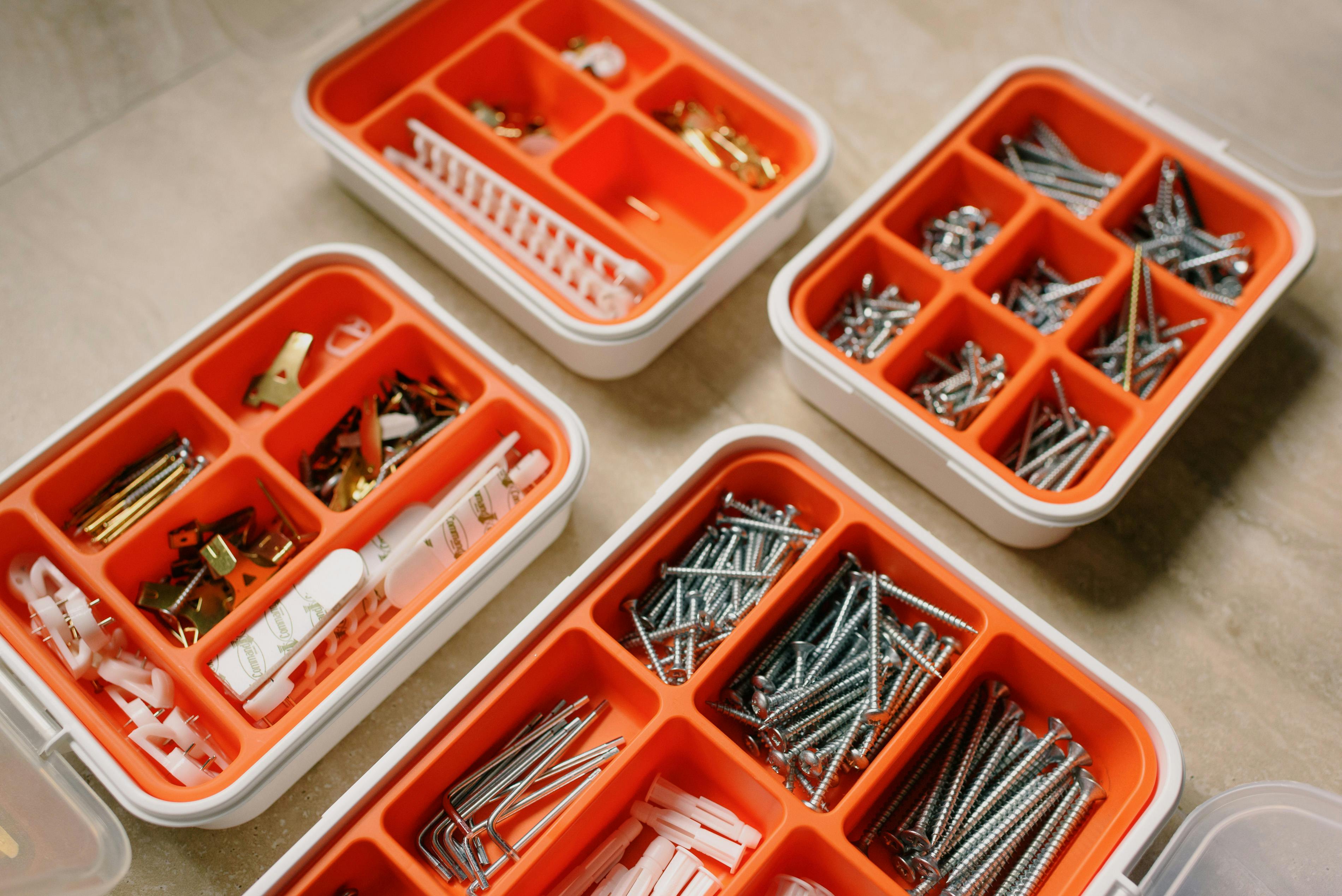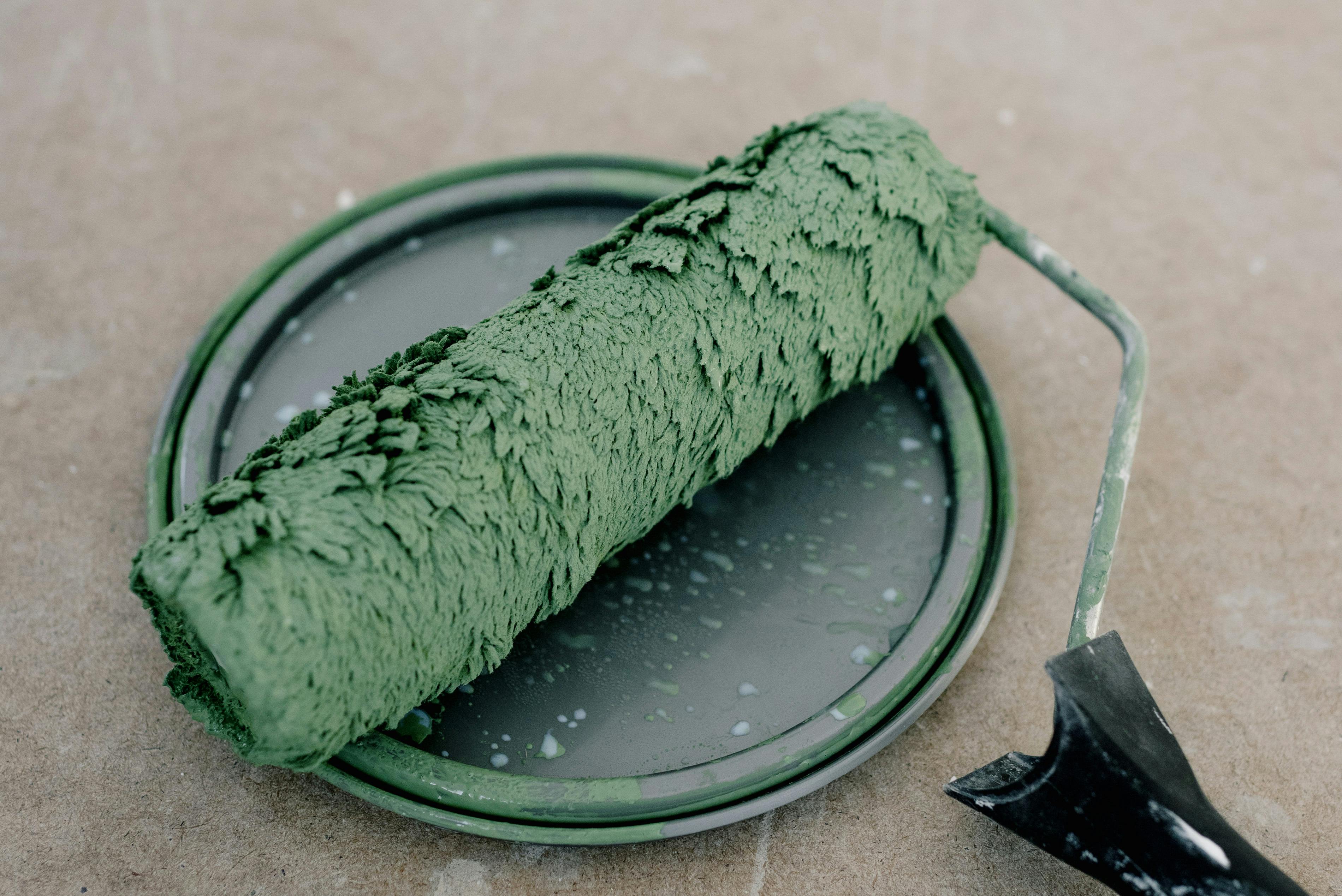Having gapped teeth can be a source of insecurity and embarrassment for many people. Fortunately, there are numerous ways to fix gapped teeth. Whether you’re looking for a temporary or permanent solution, a variety of treatments are available to help close the gaps between your teeth. In this article, we will discuss how you can fix gapped teeth and the different treatment options available.The options to fix gapped teeth vary depending on the severity of the gap, but typically include orthodontic braces or cosmetic dentistry. Braces are used to gradually move the teeth into alignment and close gaps, while cosmetic dentistry may include veneers or crowns to cover up the gap. In some cases, dental bonding may also be used to fill in gaps or reshape teeth.
How Can Braces Help Fix Gapped Teeth?
Gapped teeth can be a source of embarrassment and may even affect your confidence levels. Fortunately, braces are an excellent option for closing the gaps between your teeth and restoring your smile. Orthodontic braces work by exerting pressure on the teeth to slowly move them into a more desirable position. This process is known as orthodontic tooth movement, or OMT.
Braces consist of brackets and archwires that are attached to each individual tooth with an adhesive material. The archwire is then used to apply pressure on the teeth, gradually pushing them closer together until the gap is closed completely. In addition to closing gaps between teeth, braces are also used to correct misalignments, overbites, underbites, and other dental issues which can contribute to gapped teeth.
In some cases, it may take several months for the gaps between your teeth to close completely. During this time, you will need regular visits with your orthodontist in order to ensure that the treatment is progressing as planned. During these visits, they will check on the progress of your treatment and make any necessary adjustments if needed. After the gap has been closed successfully, you will need to wear a retainer in order to maintain your new smile and prevent relapse of gapped teeth.
Overall, braces are an effective way of closing gaps between teeth and correcting various dental problems which can lead to gapped teeth. Although this process may take several months depending on how severe the gap is, it will be worth it in the end once you have achieved a beautiful smile that you can be proud of!
What Is the Cost of Braces to Fix Gapped Teeth?
The cost of braces to fix gapped teeth depends on the severity of the gap, the type of braces chosen, and the length of the treatment. Metal braces are typically the most cost effective solution for fixing gapped teeth, but ceramic braces offer a more cosmetic option at a higher cost. Invisalign is also an option for more severe gaps, but it is usually much more expensive than traditional braces.
On average, metal braces cost between $3,000 and $7,000. Ceramic braces typically range from $4,000 to $8,000. Invisalign can range from $4,500 to over $10,000 depending on the severity of the gap and how long it takes to correct it.
In most cases, orthodontic insurance can help cover part of the cost of braces and may cover up to 50% or more. If you don’t have insurance or if your insurance won’t cover braces for gapped teeth, there are other payment options available such as flexible spending accounts (FSA) or health savings accounts (HSA). You may also be able to get financing through your orthodontist or through a third-party lender such as CareCredit or Springstone Financial Services.
To find out what your costs will be for fixing your gapped teeth with braces, it’s best to schedule a consultation with an orthodontist who can evaluate your case and provide you with an estimate based on your individual needs.
What Are the Alternatives to Braces for Fixing Gapped Teeth?
Gapped teeth can be a source of insecurity and self-consciousness. Fortunately, there are several alternatives to traditional braces that can help close the gaps between your teeth. Depending on the severity of your case, some of these procedures may be more suitable than others.
One of the most popular alternatives is Invisalign. This treatment involves wearing clear plastic aligners that are custom-made to fit your mouth. The aligners gradually move your teeth into place over time, and they are virtually invisible when worn. It is also more comfortable than traditional braces, and they can be removed when eating or brushing your teeth.
Another alternative is dental bonding. This involves applying a tooth-colored composite resin material to your teeth in order to fill in the gaps between them. The material is then shaped and hardened into place with a special light. The process is relatively quick and painless, and the results are immediate. However, bonding does not address any underlying issues such as crooked or misaligned teeth, so it may not be suitable if you have a complex case.
Veneers are another option for closing gaps between teeth. Veneers involve placing thin shells made of porcelain or composite material on the surface of your teeth in order to cover up any imperfections or gaps. The process requires multiple visits to the dentist’s office as each veneer needs to be custom-made for each individual tooth, and they are generally more expensive than other options such as dental bonding or Invisalign.
Finally, orthodontic surgery may be an option for severe cases involving multiple gapped teeth or a severely misaligned bite. Orthodontic surgery involves reshaping the jawbone in order to reposition the teeth into their correct positions and close any gaps between them. It is a major procedure that requires multiple visits to a specialist orthodontist, so it should only be considered if other treatments do not offer satisfactory results or if you have a complex case that cannot be addressed with simpler treatments such as braces or Invisalign.
Is It Possible to Fix Gapped Teeth with Dental Bonding?
Yes, it is possible to fix gapped teeth with dental bonding. Dental bonding is a relatively simple and affordable cosmetic dentistry procedure that can help close the gaps between teeth. It involves the application of a special material called composite resin to the surface of the tooth. The composite resin is then sculpted and hardened using ultraviolet light or a laser, and the gap in the tooth is filled in.
The main benefit of dental bonding is that it can be completed in just one visit to the dentist, making it a convenient option for those who want quick results. It also helps to improve the appearance of your smile and can be used to repair minor chips or cracks in your teeth.
Dental bonding is not as strong as other dental procedures such as veneers or crowns, but it can still last for several years with proper care. The material used for bonding should be regularly checked by your dentist to make sure it’s in good condition. If you notice any changes in its appearance or if you experience any pain or discomfort, you should visit your dentist right away.
Overall, dental bonding is an effective way to fix gapped teeth and improve your smile quickly and affordably. However, it’s important to consult with your dentist before undergoing this procedure so they can examine your teeth and determine if it’s right for you.

How Does Dental Bonding Work to Fix Gapped Teeth?
Dental bonding is a quick and easy way to fix gapped teeth. It is a process in which a special resin material is applied to the teeth to fill in small gaps or defects. The material is applied directly to the tooth surface and then shaped and molded into place. Once the material has hardened, it becomes permanently bonded to the tooth surface, providing an aesthetically pleasing result. The process of dental bonding usually only takes one visit and can be completed in less than an hour.
The resin material used in dental bonding is very durable and resistant to staining, making it a great choice for those looking for permanent solutions for their gapped teeth. It also has the added benefit of being relatively inexpensive compared to other options such as veneers or crowns. In addition, it can be easily repaired or even replaced if necessary.
The first step in the dental bonding process is preparation of the teeth that will receive the resin material. The dentist will examine your mouth and make sure that your teeth are healthy enough for the procedure. If any cavities are present, they will need to be taken care of before proceeding with dental bonding. Once your teeth have been prepared, a special adhesive will be applied to them in order to help the resin material bond securely to them.
Afterwards, a shade of resin material that closely matches your natural tooth color will be chosen and applied directly onto your tooth surfaces using special tools. The dentist will then shape and mold it into place until it takes on its desired shape and form. Finally, a special light will be used to harden the material so that it bonds securely with your teeth surfaces, thus giving you a beautiful smile with no more gaps between your teeth!
Dental bonding can also be used to fix chips or cracks on existing teeth as well as reshape misaligned or misshaped teeth if desired. With proper care and maintenance, dental bonding can last up to 10 years before needing any repairs or replacements done. Overall, dental bonding is an excellent option for those looking for an affordable yet effective way of closing gaps between their front teeth!
What Is the Cost of Dental Bonding to Fix Gapped Teeth?
The cost of dental bonding to fix gapped teeth depends on a variety of factors, such as the size and number of gaps, the complexity of the procedure, and the materials used. In general, dental bonding typically ranges from $300 to $600 per tooth. Insurance may cover some or all of the cost depending on your individual plan.
Dental bonding can be used to close small gaps between teeth or fill in chips and cracks in teeth. It is a minimally invasive procedure that does not require any drilling or anesthesia. The dentist will first apply a tooth-colored composite resin and shape it into place before curing it with a special light. Once cured, the resin will harden and bond with your natural tooth structure for a seamless result.
For more complex cases, such as closing larger gaps between teeth, multiple dental bonding sessions may be necessary in order to achieve desired results. In these cases, additional materials such as porcelain veneers or crowns may also be used in order to provide more stability and durability for your smile.
Dental bonding is an affordable solution for those looking to fix gapped teeth without breaking the bank. It is quick and relatively painless and can help improve aesthetic issues with your smile. If you’re considering dental bonding for gap closure, it’s important to consult with a qualified dentist who can discuss your options and provide an accurate cost estimate based on your individual needs.
How Can Porcelain Veneers Help To Fix Gapped Teeth?
Gaps between the teeth can be aesthetically displeasing and cause embarrassment. If this is the case, porcelain veneers may be the best option for you. Porcelain veneers are thin shells of tooth-colored material that are custom-made to fit over existing teeth. They help to close gaps between teeth and provide a natural looking, beautiful smile.
Veneers are applied by bonding a thin layer of porcelain over the front of the tooth. This layer is then sculpted into a desired shape and color to match the surrounding teeth. The process is relatively easy and usually requires very little preparation of the natural tooth.
Veneers can be used to close gaps between teeth, restore chipped or worn down teeth, correct misalignment, fix discoloration, and even make teeth appear longer or wider than they actually are. They also look very natural and can last for many years with proper care.
The best part about using porcelain veneers to close gaps between your teeth is that it’s a relatively quick and painless procedure with long-lasting results. Your dentist will work closely with you to ensure that your veneers blend in nicely with your other teeth while still giving you that perfect smile you’ve always wanted.
If you have gapped teeth that are causing you embarrassment or discomfort, porcelain veneers may be just what you need to get the smile of your dreams!
Your dentist will be able to answer any questions you may have about this procedure and discuss whether it’s right for you.

Conclusion
Gapped teeth can be a source of insecurity and social anxiety, but there are many solutions available to fix the problem. Dental bonding, veneers, braces and crowns are some of the most common treatments for gapped teeth. Each of these treatments has its own benefits and drawbacks, so it’s important to speak with a dentist to find out which one is best for your individual needs. While some procedures may be more expensive than others, they can help give you the smile that you’ve always wanted. With the right treatment, you can have a more confident and beautiful smile.
No matter what type of treatment you choose, it’s important to remember that taking care of your gapped teeth is an ongoing process. Regular checkups with your dentist are key to making sure that your teeth stay healthy and looking great. Don’t let gapped teeth keep you from feeling confident and having an amazing smile!

